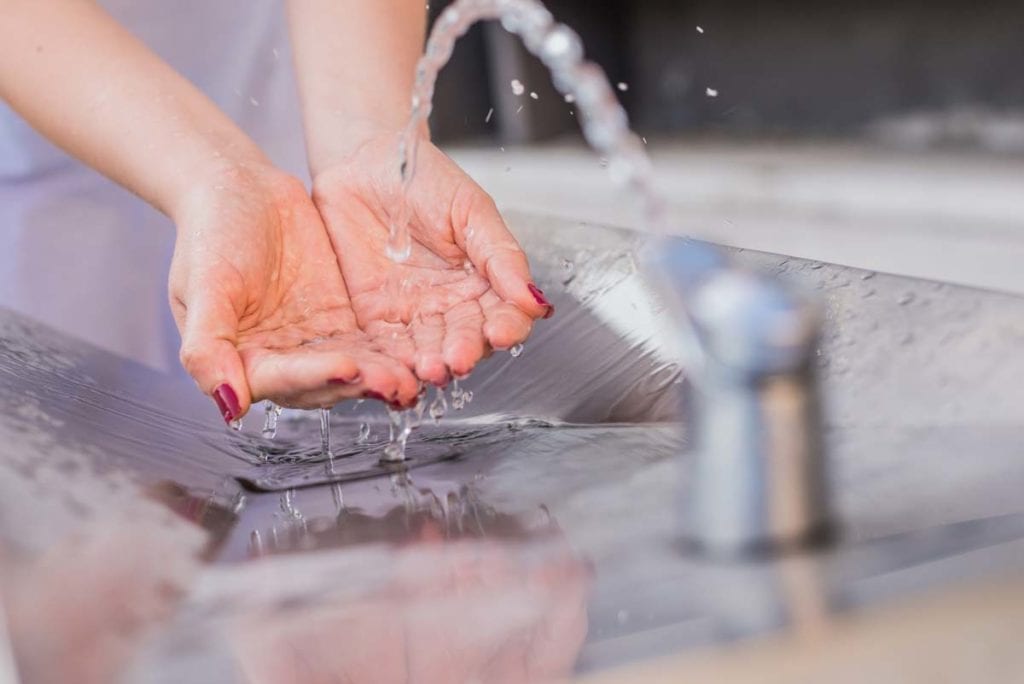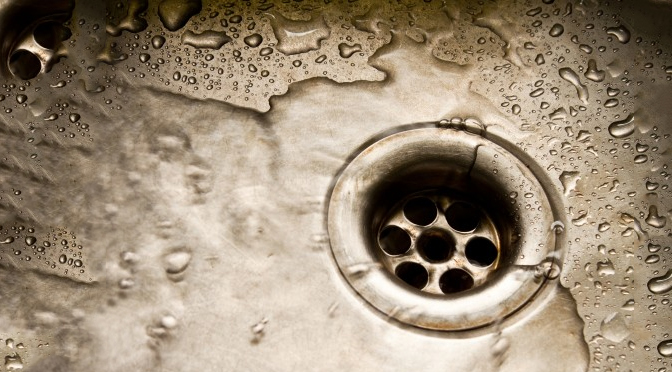Top Ways to Secure Your Plumbing From Bursting in Cold Temperatures
Top Ways to Secure Your Plumbing From Bursting in Cold Temperatures
Blog Article
Are you trying to locate resources around Winterizing Your Pipes?

All homeowners that live in pleasant climates have to do their finest to winterize their pipelines. Failure to do so can mean calamity like frozen, fractured, or burst pipes.
Attempt a Hair Dryer or Warm Weapon
When your pipes are practically freezing, your dependable hair clothes dryer or heat weapon is a blessing. Bowling hot air directly into them may assist if the warm towels do not assist displace any kind of settling ice in your pipes. However, do not use other objects that produce direct flames like a blow torch. This can cause a larger catastrophe that you can not manage. You might end up harmful your pipelines while attempting to thaw the ice. And also in the future, you might also end up shedding your home. So be careful!
Open Closet Doors Hiding Plumbing
When it's chilly outside, it would certainly be useful to open up cabinet doors that are concealing your pipelines. For instance, they could be someplace in your kitchen area or shower room. This will certainly permit the cozy air from your heating system to circulate there. Consequently, you avoid these subjected pipes from freezing. Doing this little technique can keep your pipes cozy and also limit the potentially unsafe outcomes of freezing temperatures.
Require Time to Wrap Exposed Pipes
One very easy and clever hack to warm up frigid pipelines is to wrap them with warm towels. You can likewise make use of pre-soaked towels in hot water, just don't fail to remember to put on safety gloves to guard your hands from the heat.
Turn On the Faucets
When the temperature decreases as well as it appears as if the icy temperature will certainly last, it will certainly help to turn on your water both indoors and outdoors. This will certainly keep the water moving with your plumbing systems. Additionally, the movement will slow down the cold procedure. Especially, there's no requirement to turn it on full blast. You'll wind up wasting gallons of water this way. Rather, go for concerning 5 drops per minute.
When Pipelines are Frozen, close Off Water
If you notice that your pipes are entirely icy or virtually nearing that phase, turn off the primary water valve right away. You will usually discover this in your basement or utility room near the heater or the front wall closest to the street. Turn it off today to avoid more damage.
With more water, more ice will pile up, which will ultimately lead to rupture pipes. If you are uncertain about the state of your pipes this wintertime, it is best to call a specialist plumber for an inspection.
All house owners who live in pleasant climates should do their best to winterize their pipelines. Failing to do so can lead to catastrophe like frozen, broken, or burst pipes. If the hot towels do not help displace any type of clearing up ice in your pipes, bowling warm air directly right into them may assist. Turn off the major water shutoff promptly if you observe that your pipes are totally icy or nearly nearing that stage. With even more water, more ice will certainly pile up, which will ultimately lead to burst pipelines.
PREVENT YOUR PIPES FROM FREEZING THIS WINTER
A Leading Cause of Property Damage
When the weather is taking a deep nose dive into the cold dreary days, the risk of your pipes freezing and potentially bursting skyrockets. Unfortunately, during these cold dreary months, burst pipes are the most common denominator for property damage. The pipes that are most at the risk are those that are in areas where it is most cold in your home. For instance, pipes located in interior places such as basements, attics, and your garage. Unfortunately, that doesn’t mean that the pipes running through your cabinets or exterior walls can’t freeze. Good news, however, is that you can do things to help prevent pipes from freezing.
How to Prevent Pipes From Freezing
Once the temperature starts to drop during the winter, you should be taking the proper measures needed to ensure that your pipes stay warm and that there is circulation of water through them. Some steps that experts may recommend could go against your better judgement when it comes to saving water and heat. However, it would go without saying that when expenses are compared, damaged pipes could put a bigger dent in your wallet than a water bill.
What Can I Do?
Keep your garage door closed. This is very important, especially if you have water supply lines running through your garage. Open your kitchen and bathroom cabinets to allow warm air to circulate through them. Allow air circulation throughout your home. Keeping the interior doors open will once again allow the warm air to circulate inside your home. Ensure your thermostat is running the same temperature throughout the night and day. If you plan to be away from home during the cold months, set your temperature no lower than 55° F. This should provide enough heat to keep the pipes warm and prevent any remaining water inside the pipes from freezing. For more of a long-term solution, add insulation to attics, basement, and other crawl spaces around your home. By allowing your faucet to drip, it will alleviate pressure in the system. This is important because the pressure that is created between the blockage and the faucet can potentially cause the pipes to burst. Allowing the faucet to drip will prevent the pressure from building up, therefore keeping the pipes from bursting. Seal any cracks, openings, and crawl spaces around your home to prevent cold air from coming inside. This keeps your pipes-not to mention your home-warmer and less susceptible to issues caused by freezing temperatures. For the pipes in your home that are easily accessible, applying electrical tape to them might prevent them from freezing over. This is a quick fix, as you can apply the tape directly to the pipe. There are two options for heating tapes. One turns on and off by itself when it senses heat is needed. The other type of heating tape needs to be applied when heat is needed and removed when not necessary. If you have exposed pipes in your home, you can check this website to take a look at a few options that would be available at a shop near you.

Do you enjoy reading up on How to stop pipes from freezing during the winter? Leave a comment below. We'd be glad to see your feelings about this post. We hope to see you back again soon. For those who liked our page kindly do not forget to pass it around. I truly appreciate reading our article about Prevent Freezing and Bursting Pipes.
Fast solution? Ring! Report this page